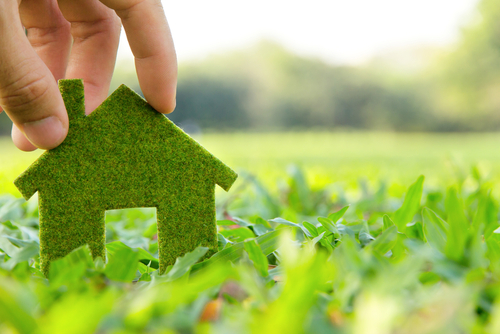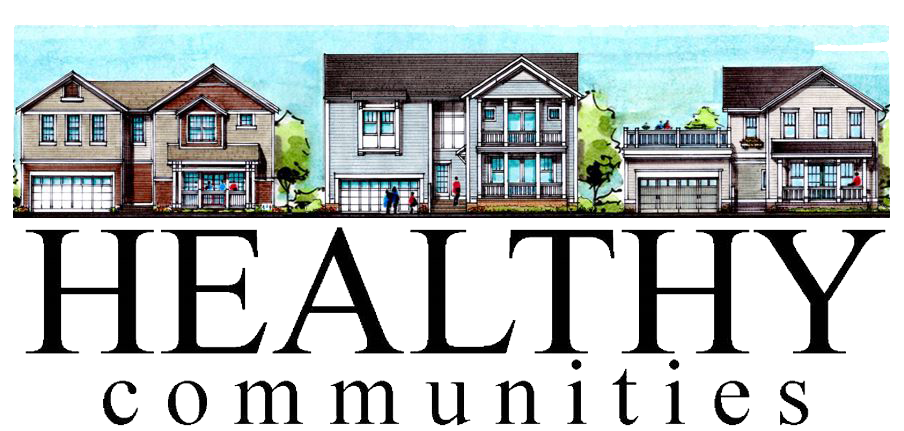
Virginia, a state known for its rich history and scenic beauty, is also becoming a leader in sustainable home design and green construction. The evolving expectations of homeowners, advancements in eco-friendly technology, and a strong sense of environmental responsibility are all contributing to a significant shift in how homes are built across the state. Especially in areas like Williamsburg, where tradition meets innovation, the new era of homebuilding is increasingly centered around comfort and sustainability. This blog explores the most compelling sustainable home design trends, modern custom home design in Virginia, and emerging green construction trends in Williamsburg.
The Evolution of Sustainable Home Design Trends
The concept of sustainable home design has evolved far beyond the use of solar panels or energy-efficient appliances. In Virginia, homeowners and builders are now embracing holistic, systems-based approaches that prioritize long-term environmental impact, energy efficiency, and occupant well-being.
Key sustainable home design trends currently shaping the Virginia market include passive solar design, where homes are strategically oriented and insulated to take full advantage of natural sunlight. This reduces the need for artificial heating and cooling, creating a naturally temperate environment year-round. Green roofs, which offer both insulation and stormwater management, are also becoming increasingly popular, especially in urban and suburban developments.
Another critical trend is the integration of high-performance windows and advanced insulation systems. Homebuilders are opting for triple-pane glass and recycled cellulose insulation, both of which reduce heat transfer and energy loss. This not only contributes to a home’s environmental performance but also enhances the comfort level for residents, especially during Virginia’s humid summers and brisk winters.
Water conservation has also moved to the forefront, with greywater recycling systems and low-flow plumbing fixtures being installed as standard in many new constructions. Combined with permeable landscaping and native plantings, these features help manage stormwater and reduce a home’s overall environmental footprint.
Embracing Modern Custom Home Design in Virginia
Custom homebuilding in Virginia has seen a significant transformation over the past decade. Today’s homeowners are seeking residences that reflect both personal taste and a conscious commitment to sustainability. Modern custom home design in Virginia is therefore characterized by the integration of luxurious comfort with sustainable innovation.
Homebuyers now desire open floor plans that maximize space, natural light, and air circulation. Tall ceilings, large windows, and minimalist layouts are common hallmarks of this trend. However, modern design doesn’t mean sacrificing warmth or character. Many custom homes incorporate natural materials such as reclaimed wood, stone, and locally sourced brick, which add texture and regional authenticity.
Technological integration plays a big role in Virginia’s custom home landscape. Smart home systems are now often built-in from the start, controlling lighting, HVAC, and security systems remotely while optimizing energy usage. Solar-ready roofs and electric vehicle charging stations are another key feature, showing that homeowners are not just thinking about aesthetics or function, but about the long-term sustainability of their lifestyles.
Moreover, the personalization aspect of modern custom home design means homeowners can prioritize comfort through tailored layouts, wellness amenities, and energy-efficient climate controls. For instance, demand is rising for spaces like home offices, yoga studios, and spa-like bathrooms that promote physical and mental well-being—blending luxury with purpose.
Green Construction Trends Gaining Momentum in Williamsburg
Williamsburg, steeped in colonial history, might not be the first place one thinks of when it comes to cutting-edge building practices. But today, this historic city is at the forefront of green construction trends that blend old-world charm with modern sustainability.
Builders in Williamsburg are increasingly adopting net-zero construction practices. These homes generate as much energy as they consume, thanks to a combination of renewable energy systems, airtight building envelopes, and ultra-efficient mechanical systems. Solar panels are frequently installed, often in ways that preserve the visual integrity of Williamsburg’s traditional aesthetic.
Local sourcing is another prominent trend. Builders prefer materials that are manufactured within the region, reducing transportation emissions and supporting the local economy. Recycled and upcycled materials are also being used in creative ways, such as using salvaged wood for beams or antique doors repurposed as decorative elements.
The town is also seeing a rise in “green-certified” developments. These communities are built with sustainability baked into their planning—from walkability and community gardens to green space preservation and shared renewable resources. In Williamsburg, these environmentally mindful communities often co-exist seamlessly with the area’s historical and cultural heritage.
Storm resilience is another major area of focus. Given the potential for coastal flooding and severe weather, builders are emphasizing resilient materials, flood-proof designs, and elevated structures that can withstand climate-related challenges. It’s a pragmatic but forward-thinking approach that ties into the broader theme of sustainability.
Blending Comfort and Sustainability Through Innovative Architecture
At the heart of the sustainability movement in Virginia’s homebuilding industry is the drive to create living spaces that are not only efficient but truly comfortable and livable. This is where architectural innovation comes into play.
Architects are increasingly using biophilic design principles to connect people with nature. This might include expansive window walls that frame woodland views, indoor gardens, or the use of materials and color palettes inspired by natural surroundings. These features create a sense of calm, promote health, and foster a deeper connection between residents and the environment.
Thermal mass techniques, such as incorporating concrete or stone into floors and walls, help regulate interior temperatures by absorbing and releasing heat slowly. When paired with radiant floor heating and natural ventilation strategies, these homes stay comfortable throughout the seasons with minimal energy input.
Designers are also rethinking the traditional floor plan. Instead of static rooms, homes are being built with flexible spaces that can adapt to changing needs—offices that can become nurseries, dining rooms that open up to outdoor living areas, and garages that double as hobby spaces. This adaptability enhances the lifespan and functionality of the home, reducing the need for future renovations and material consumption.
Furthermore, indoor air quality is receiving heightened attention. Builders are using non-toxic paints, formaldehyde-free insulation, and advanced air filtration systems to create healthier indoor environments. Combined with operable windows and strategically placed skylights, these homes offer fresher air, more natural light, and an overall sense of wellness.
The Future of Homebuilding in Virginia: Where We’re Headed
As demand continues to rise for homes that are both sustainable and comfortable, the future of homebuilding in Virginia looks bright—and green. Consumers are increasingly informed and value-driven, seeking homes that reduce environmental impact without sacrificing quality of life.
Policy and regulation are also catching up. Building codes in Virginia are steadily incorporating stricter energy efficiency standards and incentivizing green construction practices. At the same time, federal tax credits and local rebate programs are making it more financially viable for homeowners to invest in sustainable features like solar energy systems and high-efficiency HVAC.
Education is playing a pivotal role as well. Homebuyers, real estate agents, and builders are more aware than ever of the benefits of green design and are incorporating those principles from the earliest stages of planning. Builder associations and local governments are offering training and certifications that help ensure quality and accountability in sustainable construction.
The rise of prefabricated and modular building techniques may also influence the state’s homebuilding future. These methods reduce construction waste, shorten building timelines, and allow for precise energy-efficient construction. Combined with advances in 3D printing and sustainable materials science, Virginia could soon see entire neighborhoods built with significantly reduced environmental footprints.
Conclusion
Ultimately, Virginia’s path forward is one that acknowledges the deep importance of preserving natural resources while providing a high standard of living. Whether in a sleek custom home in Northern Virginia or a heritage-inspired green build in Williamsburg, the fusion of sustainability and comfort is shaping homes that are both timeless and future-ready.
As sustainable home design trends continue to flourish and green construction gains momentum, the Commonwealth is setting a compelling example for how tradition and innovation can thrive side by side. With thoughtful design, cutting-edge technology, and a strong commitment to environmental stewardship, Virginia is proving that homes can be as nurturing to the planet as they are to the people who live in them.
Need Home Builders in Williamsburg, VA?
Welcome to Healthy Communities in beautiful Williamsburg, Virginia! We are custom home builders with a focus on efficient and green building. We believe that good home design can support, enrich, and enhance your life, so we engage you as the buyer in the design process. Together, we can create a tailored design that provides an extraordinary living experience. Our homes are engineered to be energy efficient, utilizing green building products, value-engineered construction, enhanced indoor air quality, and solar power to help offset the electric utility cost for heating, cooling, water heating, lights, and appliances. Give us a call to get started today!
